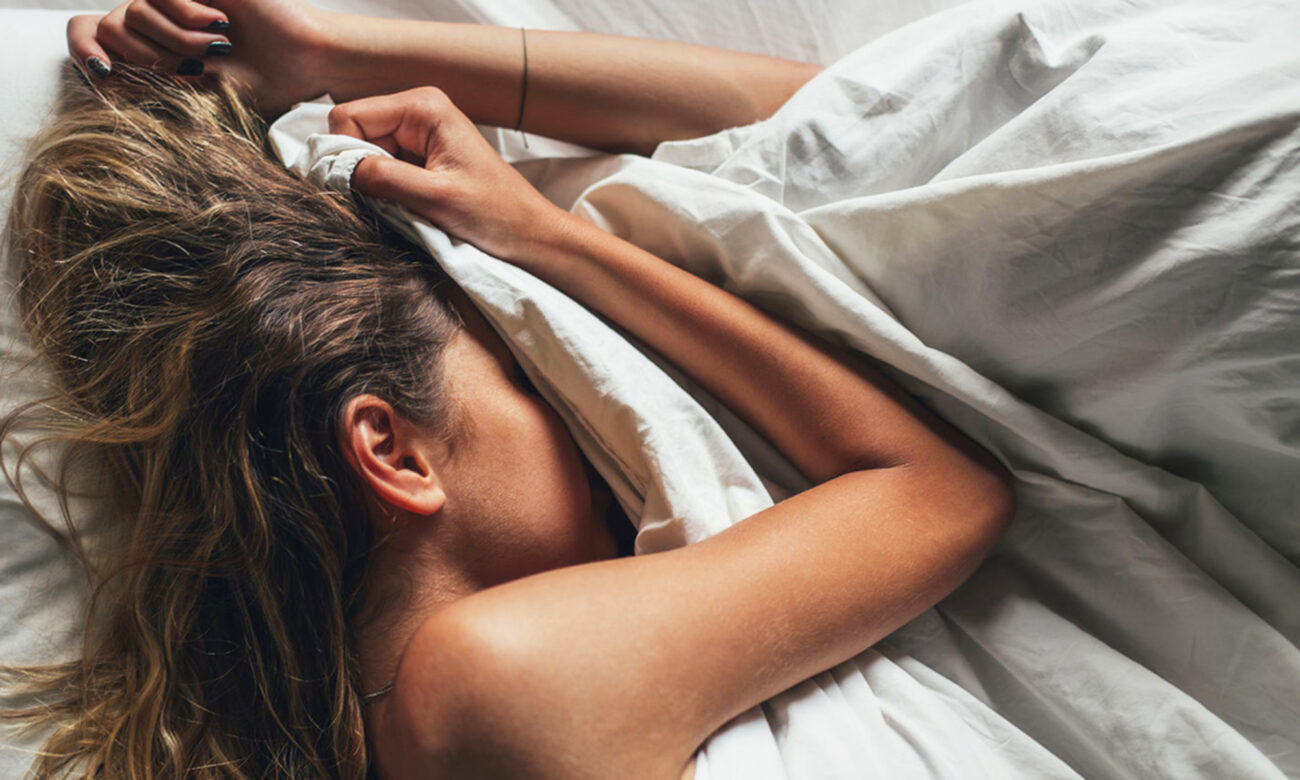Blog
Sleep walking: common causes, symptoms and solutions
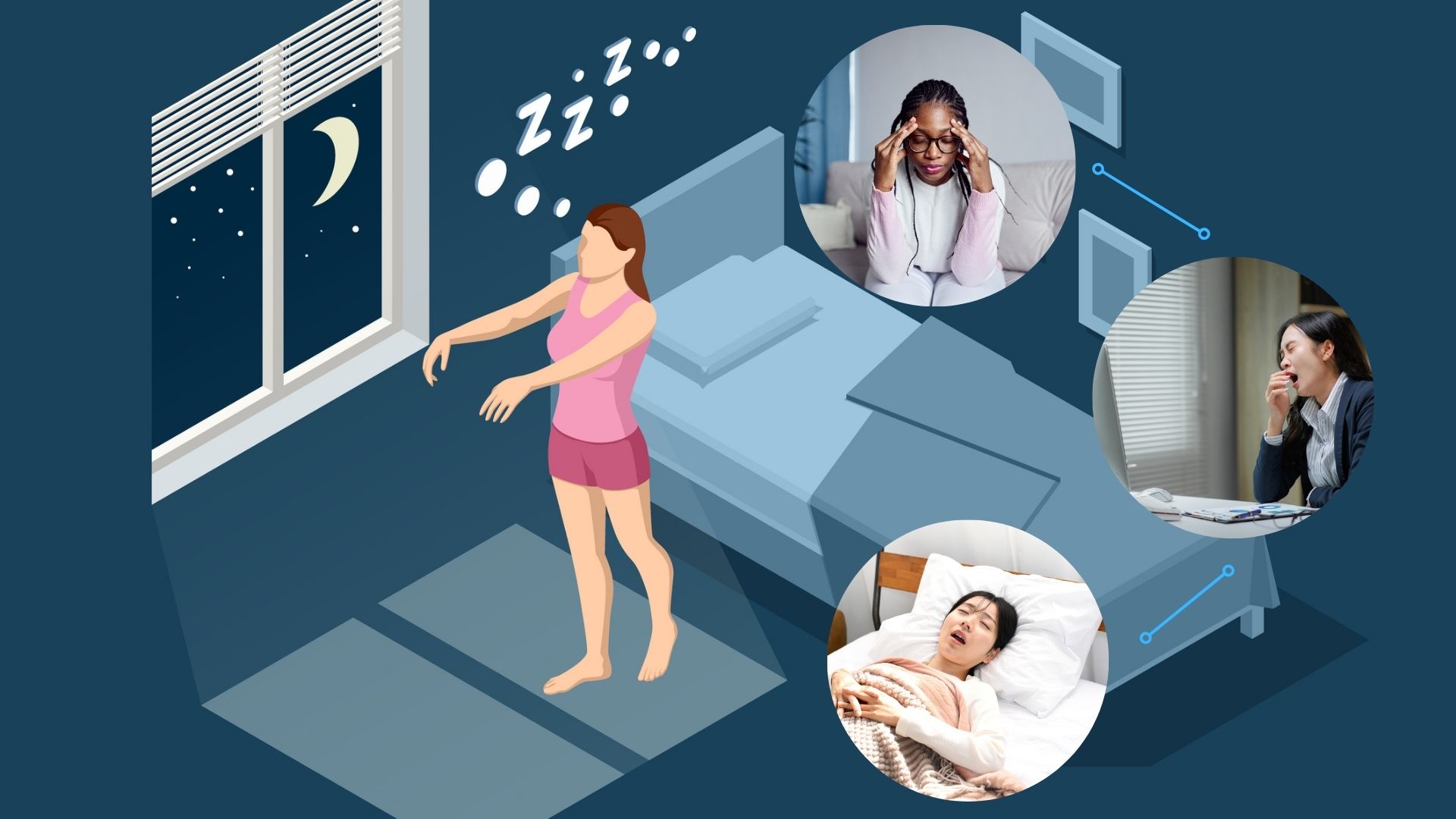
Sleepwalking is an unsettling sleep disorder that could see you walking around your bedroom or even performing daytime tasks during the night, like eating, watching TV and other habits.
The condition is a type of parasomnia and it can bring other symptoms such as insomnia and daytime sleepiness, as well as alarming a partner.
So why do we sleepwalk — and can our lifestyle habits make it worse? In this feature, we speak to an expert and examine the latest research on the condition, exploring who is most likely to experience it and the common triggers that can set it off as well as how to stop.
What is sleep walking?
Sleepwalking, or somnambulism, is a sleep disorder that happens when someone gets up and moves around while still in a deep stage of non-REM (non–rapid eye movement) sleep.
“When you sleepwalk, you are not truly conscious,” says UKCP psychotherapist Heather Darwall-Smith.
“You’re in a state of dissociated consciousness, where a part of the brain is awake enough to perform complex actions, while the rest remains in a deep sleep state,” she explains.
She adds that it’s more common in children than adults and tends to run in families. However, “you won’t be aware of your actions and have no memory of the event upon waking, so it tends to be scarier for the bed partner or family.”
What are the symptoms of sleep walking?
Sleep specialist Dawall-Smith adds that symptoms can vary in severity and complexity; however, some include:
- Sitting up and appearing awake
- Walking around the house or even outside
- Performing routine tasks like getting dressed or moving furniture
- Talking or mumbling while asleep
- Having a blank, glassy-eyed expression
- Difficulty being woken up during an episode
- Amnesia of the event after waking
If you sleep on your own, it could be difficult to know if you’ve been sleep walking. However, you could experience symptoms while you’re awake, which could indicate that you’ve been sleep walking.
These could include “insomnia, headaches, depression and physical injuries (e.g. bruises),” explains Dr Katharina Lederle, a sleep and circadian rhythm specialist. While there may also be a high level of ‘daytime sleepiness.’
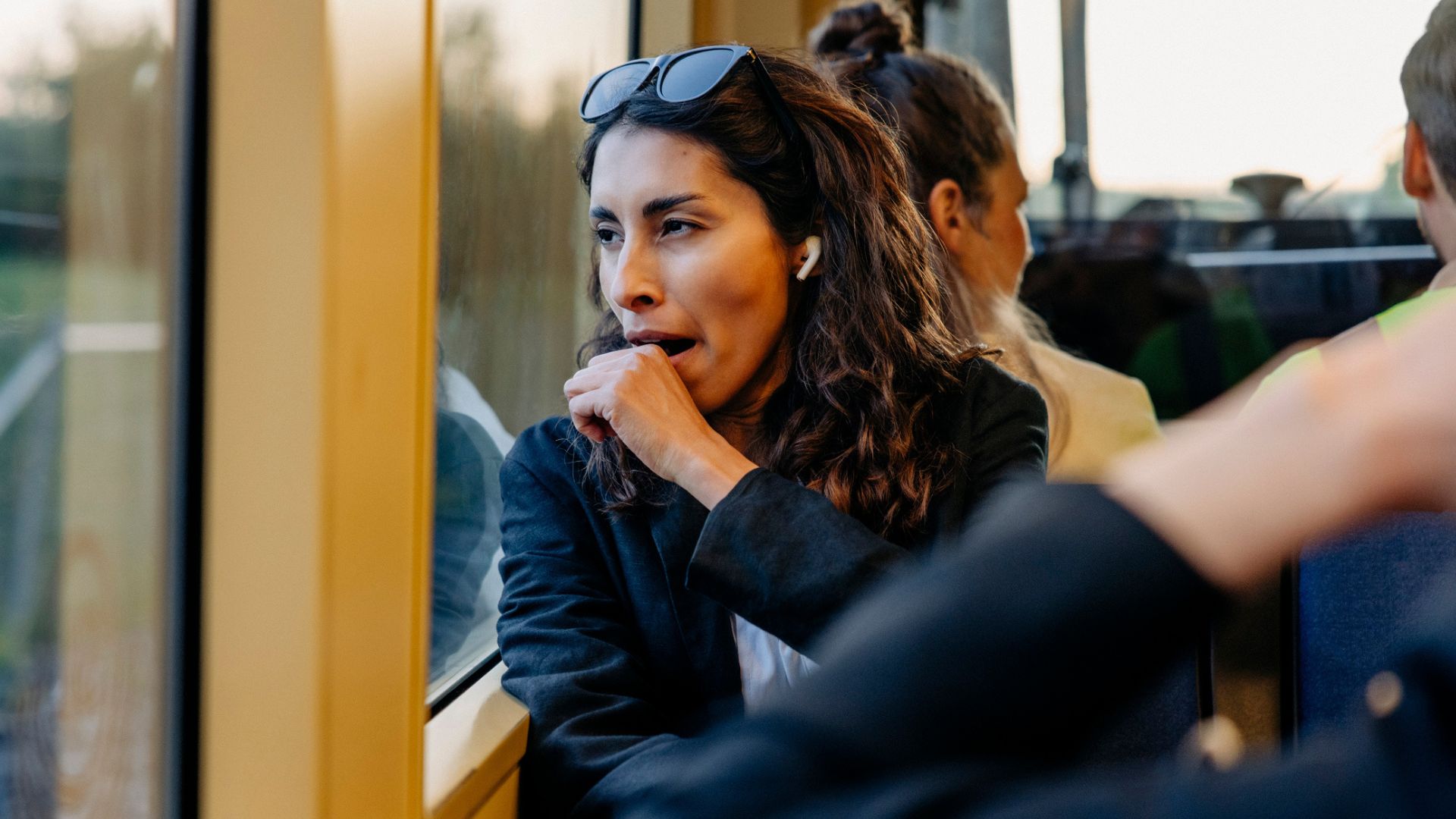
Why do people sleep walk?
1. Stress and anxiety
Stress and anxiety are one of the biggest instigators when it comes to sleep walking.
“The mechanism is thought to be related to the increased arousal of the central nervous system,” explains Darwall-Smith, also author of How to be awake so you can sleep through the night.
“Stress and anxiety lead to elevated levels of cortisol and other stress hormones, which can disrupt the normal sleep architecture and promote fragmented sleep,” she adds.
“This fragmented sleep can increase the likelihood of partial arousals from deep NREM sleep, which is the neurophysiological basis of sleepwalking.”

2. Sleep deprivation
If you’ve missed sleep, your body will make up for it the following night. But sleep deprivation is also a trigger for sleepwalking.
This is because the “body attempts to compensate for what it has missed by increasing the amount of deep NREM sleep (N3) during the next sleep cycle,” says Darwall-Smith.
“This deeper, more consolidated NREM sleep makes the brain more susceptible to the partial arousals that characterise sleepwalking,” she adds.
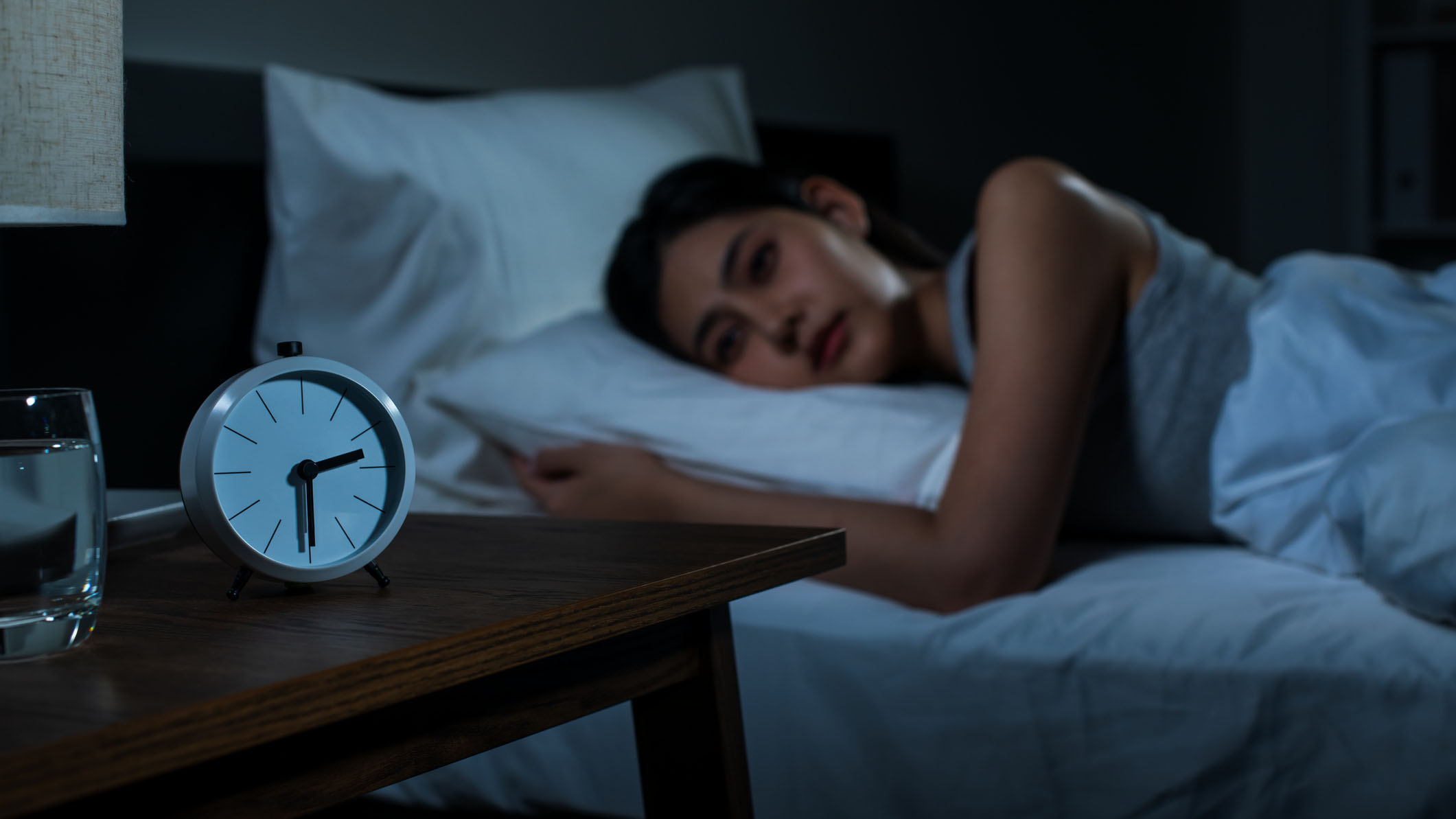
3. Genetics
If someone in your family sleepwalks, you may be genetically more likely to do it too.
“There is a strong genetic component to sleepwalking,” agrees Darwall-Smith, adding, “Studies on twins and families have shown that sleepwalking is significantly more common in individuals with a first-degree relative who has also experienced it, suggesting a hereditary predisposition.”
While this research highlights a connection between sleepwalking and genes, Darwall-Smith says that “the specific genes involved are still being researched.”
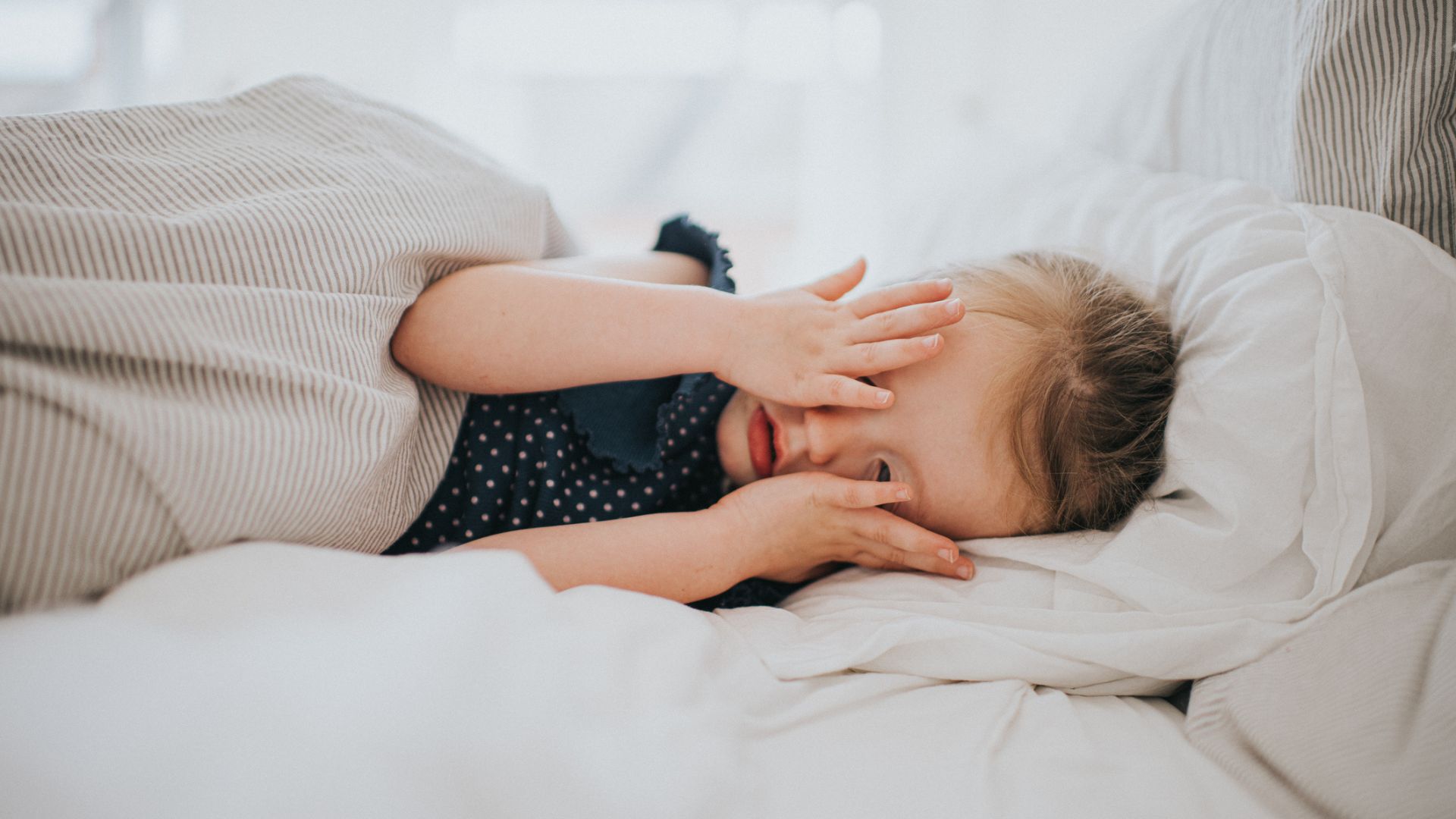
4. Medications
Certain medications can make you more likely to sleep walk, with Dr. Lederle explaining that a study in 2018 found that, “29 drugs, clustered primarily within four drug classes: benzodiazepine receptor agonists and other GABA modulators, antidepressants and serotonergic agents, antipsychotics and beta-blockers, were identified as possible triggers for sleepwalking.”
However, the strongest evidence for medication-induced sleepwalking was for “zolpidem and sodium oxybate.”
Darwall-Smith adds that these drugs can “alter your sleep architecture, increasing the number of partial arousals and making you more prone to somnambulism.”
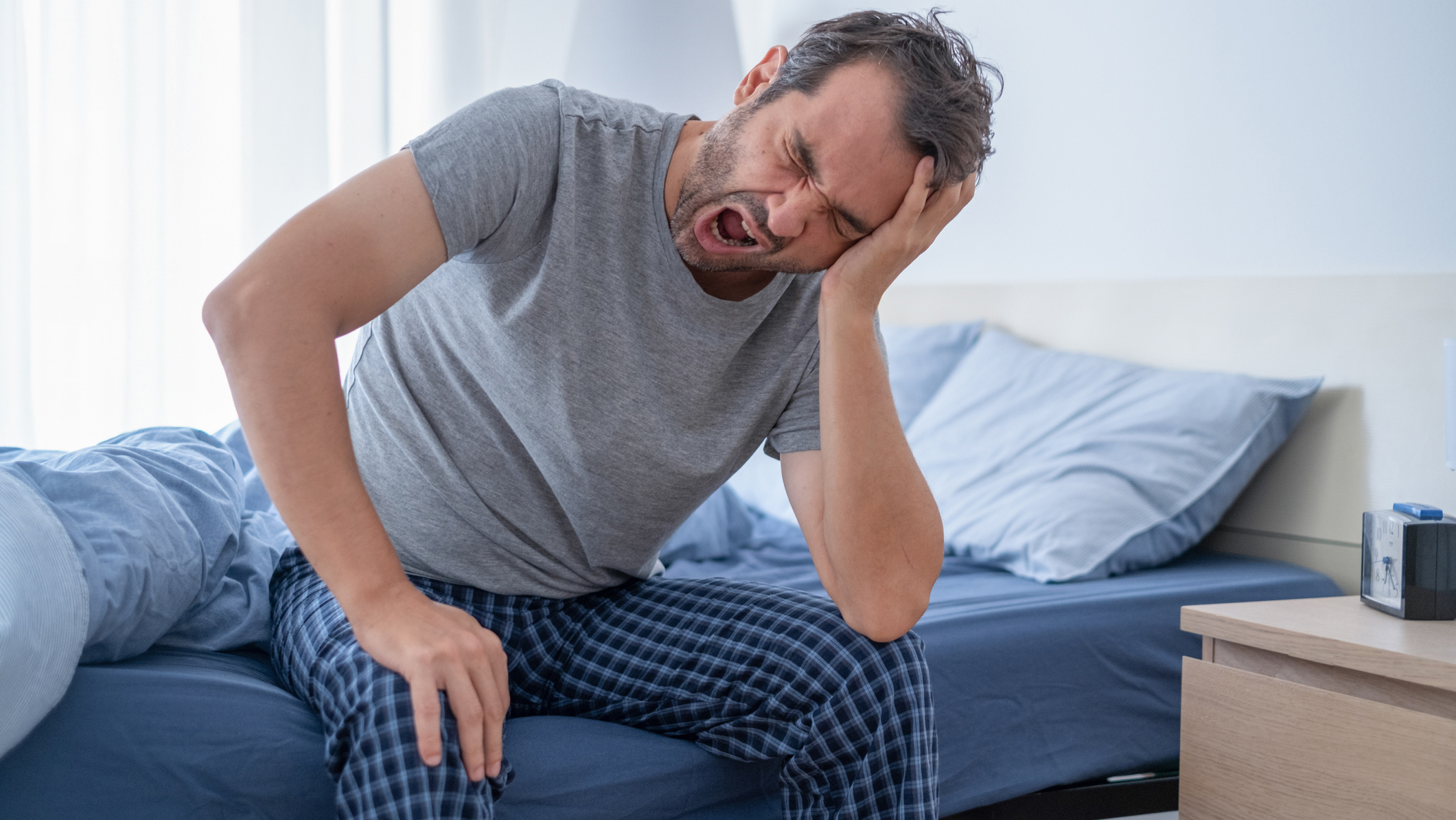
5. Sleep disorders
Sleepwalking is frequently associated with other sleep disorders, particularly obstructive sleep apnea (OSA). This is because both conditions involve disruptions to the deep stages of NREM sleep.
“In OSA, breathing pauses cause frequent, brief arousals that can trigger a sleepwalking episode,” the sleep author explains. “Treating the underlying OSA can often resolve the sleepwalking.”
Other associated disorders include Restless Legs Syndrome (RLS) and REM Sleep Behaviour Disorder (RBD).
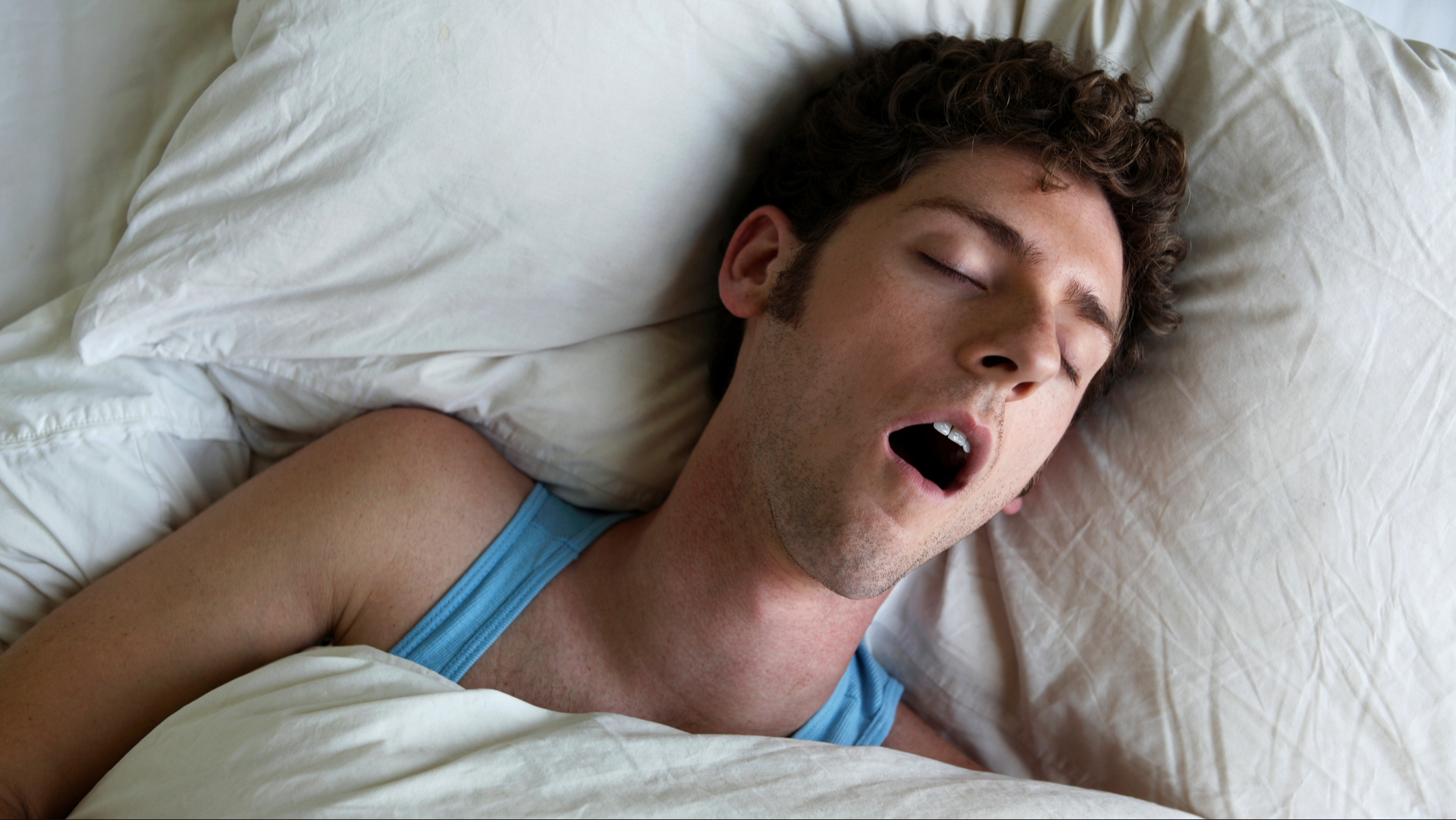
How to stop walking in your sleep
You can make lifestyle changes, like those listed below, to help reduce or stop sleepwalking. However, if your symptoms are becoming more frequent, severe, or dangerous, it’s important to seek advice from your doctor
1. Improve sleep hygiene
Bad sleep hygiene is a trigger for most sleep disorders, so how can you improve it? “Establishing a consistent and relaxing bedtime routine,” can work, says Darwell-Smith. This helps to calm the body and signal that it’s time for bed.
“Ensure your bedroom is dark, quiet, and cool, as this helps promote deeper, more stable sleep, reducing the likelihood of arousals that can lead to sleepwalking,” she adds.
2. Learning to deal with stress
Stress affects our bodies and our sleep in more ways than we might realise. So how can we dial it down and feel calmer each day?
“Keep it simple by taking regular breaks throughout the day, stepping away from what you are doing – breathe, stretch and hydrate. Done regularly, these make a huge difference,” the psychotherapist explains.
Is there anything we can do after a long, stressful day to feel calmer? “Techniques like mindfulness, meditation, and deep breathing can help regulate the nervous system and prevent the hyperarousal that can trigger sleepwalking episodes.”
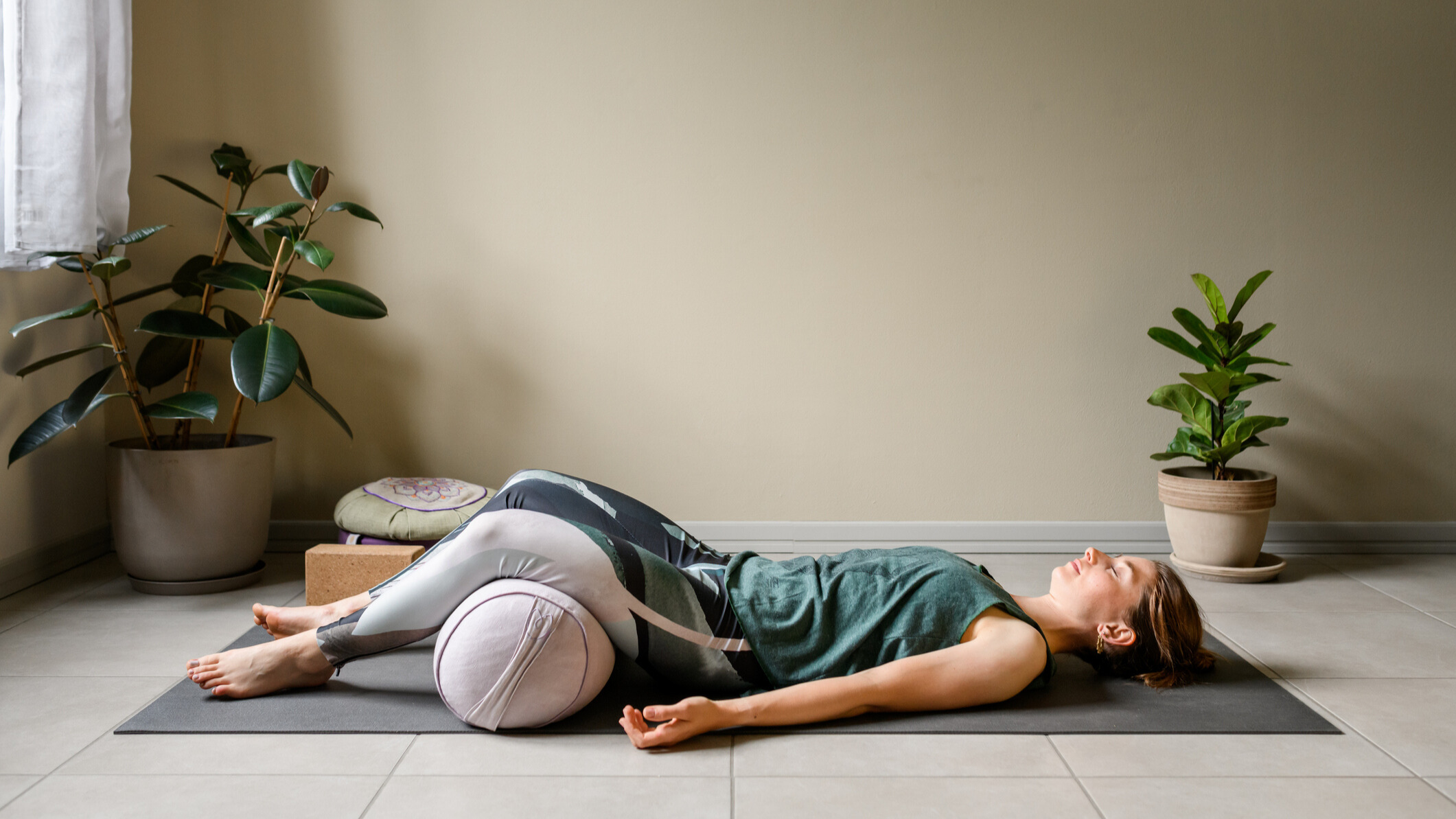
3. Avoid alcohol
If you’re experiencing a lot of sleep walking episodes, try and cut out alcohol completely to see if it helps.
Why? The sleep expert explains that although “alcohol can initially act as a sedative, it ultimately takes a wrecking ball to your sleep architecture, particularly in the latter half of the night.”
She adds that it also “increases the number of awakenings and can trigger sleepwalking episodes.”
4. Stick to a consistent sleep schedule
Going to bed and waking up at the same time every day, even on weekends, is a “powerful tool to help regulate the body’s internal clock (circadian rhythm) and consolidate sleep, reducing the risk of partial arousals,” she explains.
The sleep author adds that she gets her clients to focus on a consistent wake time, “as this is easier to manage than a consistent bedtime.”
“Over time, the consistent wake time tends to anchor the bedtime as there are biological levers that are linked together, ultimately improving the ability to fall asleep,” she explains.

